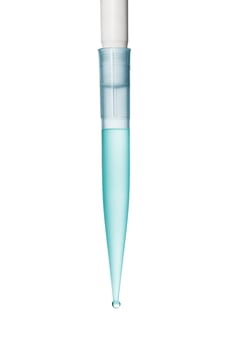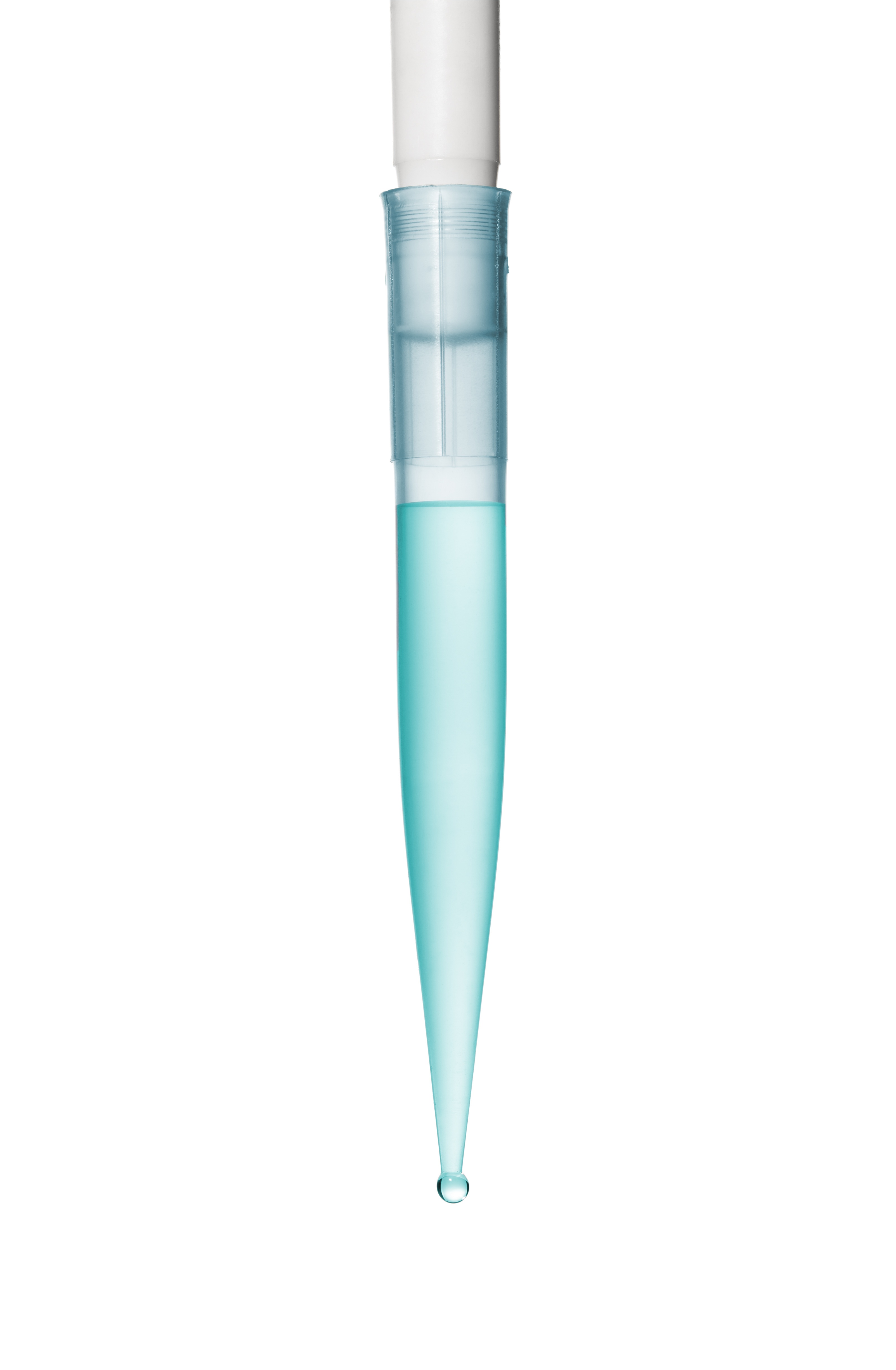Are you having trouble with your pipette? Is liquid dripping out of the tip when it shouldn’t? This is a very common problem, and one that everyone in the lab should know how to fix and avoid! Leaky pipettes cause decreased accuracy in results and can be a hazard in the lab, contaminating other samples and bench space. Run through the list below to check for what the issue with your pipette may be and how to fix it.
1. Check Your Pipette Tips
This is one of the most common causes of leaking, and luckily the easiest fix! The seal between the plastic tip and the shaft of the pipette needs to be airtight to ensure accuracy and to hold liquid in the tip. If you notice dripping it could be due to improper tips. Make sure you know the style of pipette tips best suited to your pipette. Do you use universal tips? LTS tips? Clip tips?

2. Mounting the Tips
Believe it or not, just having the correct pipette tip does not ensure that leaking will not occur. By performing the “caveman jam” when you stick your pipette onto the tip, you are mounting the pipette tip too hard! This forces the tip up too high onto the pipette and bends the plastic, compromising the airtight seal. Smooth, firm pressure is all that is needed to properly mount a pipette tip (and I guarantee it’s less pressure than you think)!
3. Pipette Calibration
Have you checked your tips and mounted them more gently? Still having the same issue? This often signals a problem inside of the pipette. Maybe it’s time to send your pipette in for service. These problems can include corrosion, misalignment of the piston, or a cracked o-ring. Sending your pipette in for service will allow a technician to open-up and clean the pipette, replace any old seals, and re-calibrate the pipette to like-new condition!
Problem fixed? I hope so! But your work doesn’t stop here. Half of the battle is maintaining your pipette to prevent encountering this problem again. Firstly, always store your pipette upright to avoid knocking the piston out of alignment. Pipette stands come in very handy! Secondly, never set the pipette down when it’s in use. This leads to liquid entering the piston and accelerates corrosion. Finally, send your pipette in for service yearly! Regular preventative maintenance is the best way to keep you pipette accurate and durable. Follow these three steps, and you’ll avoid this problem in the future!



